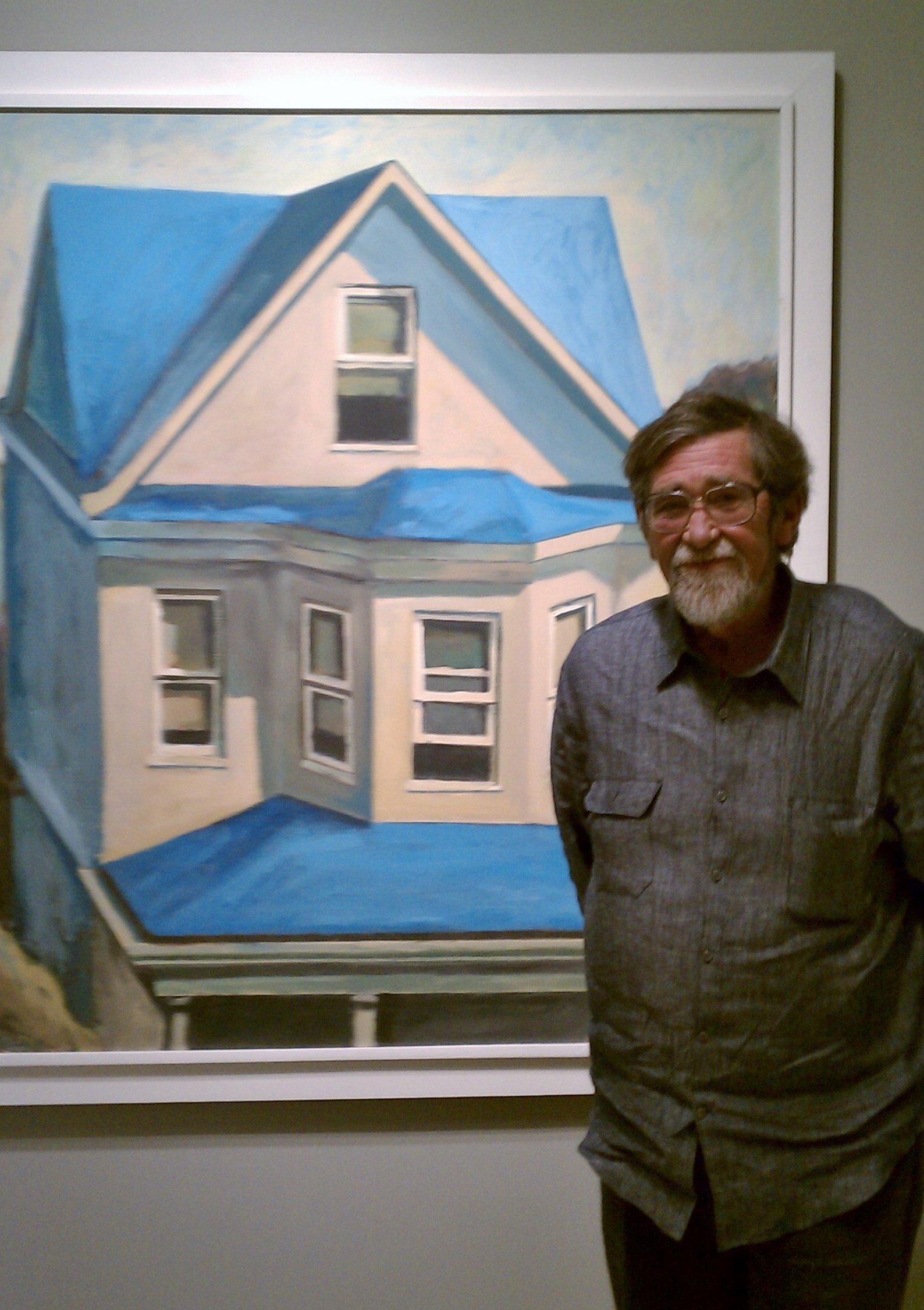Closing thoughts
by Jessica Schwartz
Taken from Jessica Schwartz’s blog in which she writes about her late husband, Stephen Brophy. Jessica’s blog is currently being turned into a coffee table book about Stephen’s art, her relationship to it, and to him.
Today, most budding artists go to art schools or are art majors at liberal arts colleges. In earlier times, they studied under established artists or joined artist guilds. Still, some were self-taught — and were often called outliers or naive artists.
Stephen Brophy was a self-taught artist, but he was no naif. So he never took an art class, but was nonetheless remarkably disciplined in his studies. Like generations of artists before him, he developed as an artist by reading art books, looking at art and reflecting. And then by doggedly experimenting in his work until he absorbed the lessons of those he admired.
I started my blog series by calling Steve a natural born artist. I explained how he was not formally schooled. How no one put paints in his hand, but how he pursued his art, with a relentless energy, for more than 40 years. And in that time, he also showed a restlessness. He explored themes, mediums, shapes, styles and then, when he was done, he moved on. Except toward the end of his life, Steve started retouching old canvases that never quite satisfied him. It’s fair to say these paintings took 40 years to complete.
It’s hard to figure out what makes an artist. Even when to call someone successful or not. It certainly isn’t about fame and fortune. Steve’s niece Anna said Steve had “it.” Something that perhaps others try hard for, he came by naturally. He had what allowed him to do what is really difficult: put paint to canvas and make it breathe life.
It’s hard to be an artist in an indifferent, demanding, competitive world. Even Basquiat, whose painting just sold for an astounding $110 million didn’t make it past his 28th birthday. Sudden fame and market viability overwhelmed him, didn’t allow him to develop, make mistakes or take risks. But unlike Basquiat, the world was not watching Steve. He had no dealers and buyers breathing down his neck. No critics questioning this new direction his work was taking. He was free to work his way to mastery.
Like a lot of artists, Steve was more driven by interior pressures to make art. He left the city for a country place that, at least for his artmaking, offered solitude and reflection. He built a studio that grew over the years and ultimately included galleries to showcase his work. Looking back, perhaps there was a bit too much isolation. With the exception of two years with a printmakers guild, he wasn’t part of a community of artists. He didn’t share ideas or swap work. Our conversations about his art were some of the only ones he had. It was a bond that cemented us, despite everything else that came between us.
Steve never explained why he became an artist. The why was as closely woven in his identify as the thick head of hair, the big calloused hands and the warm, green eyes. It just was. But I marvel at the boy from the Bronx who never made it through high school, who somehow found art. Like talent is some cosmic magnet for that talent’s best outlet.
I’m moving on, but… I’m hardly neglecting the man who stays stubbornly front of mind, whose artwork has made my house an art gallery and storage site, who gave me my beautiful boys. It is, however, time for me to try other subjects and to push myself creatively. Here’s how I’m lucky, or luckier than many who’ve lost someone they loved. Steve left a lot of himself in my care. In the next years, I will preserve, frame, sell and donate his artwork, find “good homes” for works I’ve adopted as my aesthetic children. I get to see his legacy on my walls, in addition to memories of him I hold close.


